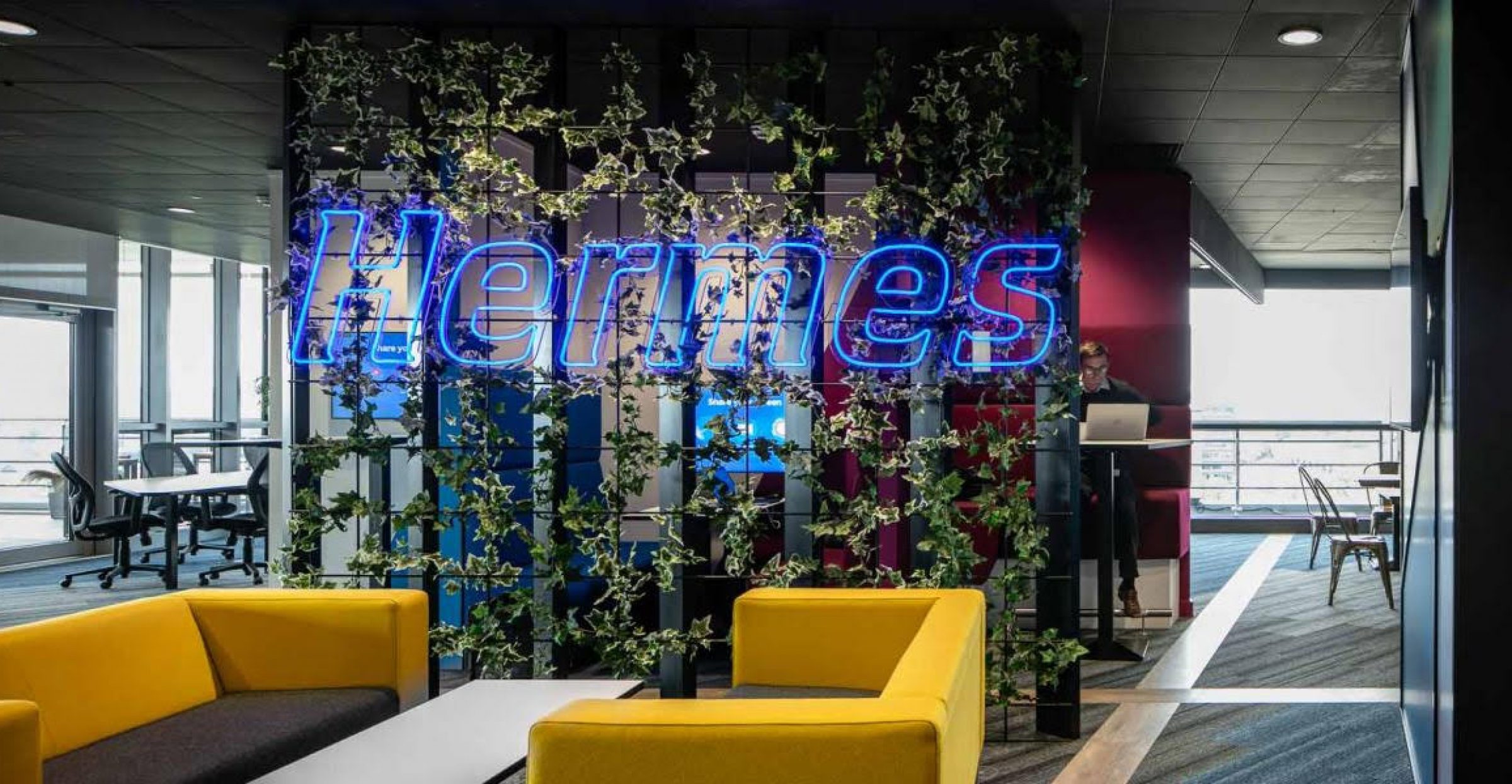What is the difference between LED and neon lights?
Good lighting makes all the difference in the world – especially when it comes to your business signage. Dim lighting can be easily overlooked, especially if your business is situated on a busy high street; while overly harsh flashing lights can be off-putting for some customers.
Many business owners are also acutely aware of the long-term cost of their lighting and signage. Cheap signs tend to be made from less durable materials, and are prone to flicker, break or fade over time. By contrast, both LED and neon lights are known to be long-lasting and easy to maintain.
In recent years, LED and neon lights have grown in popularity, and we have received a number of enquiries from customers asking which option would be best for their business. The truth is that both are great options, with a range of eco-friendly solutions available and both solutions giving you the ability to stand out on a crowded high street or shared workspace.
But what is the difference between LED lights and neon lights?
LED lights are made from overlapping ‘light emitting diodes’ which create a stable light flow. This makes them perfect for illuminating large blocks of a logo or business name. LEDs are also tiny, which allows for more detail to be added to your signage, or for unique shapes and patterns to be created.
Neon lights are made out of long glass gas-discharge tubes containing the noble gas neon, which lights up when electricity is added. They are uniquely bright and eye-catching and can be made in a huge variety of colours. Invented in the early 1920s, there is still an Art Deco association with neon lights that has made them hugely popular with bars, boutiques, and even as home décor.
Both types of lights have their advantages. LED lights are cheaper to run than neon lights, but the initial cost could be much higher. Creating an LED sign involves quite detailed work, including acrylic backings and vinyl edging to prevent light leakage.
Neon lights are a bit more straightforward, as the shape is created using glass, with minimal assemblage required. However, they tend to use more energy over time.
It is also worth being aware of the durability of both sign options. LED signs tend to be fairly robust, but neon signs are made out of glass tubing, and can be broken. This means that you may have to factor in the future cost of replacing all or part of your neon sign, although these costs should not be exorbitant.
Ultimately, choosing between neon and LED lighting will come down to the look that you are aiming to create, and your overall lighting budget. We have worked with many businesses to create bespoke signage options that work for a range of budgets, so get in touch with us today to find out what we can do for you.
Learn more…
To learn more about our range of neon and LED lights and other office branding options, please contact Sisu Projects team. We are always delighted to hear from new and potential customers, so do not hesitate to get in touch with any questions you might have.

